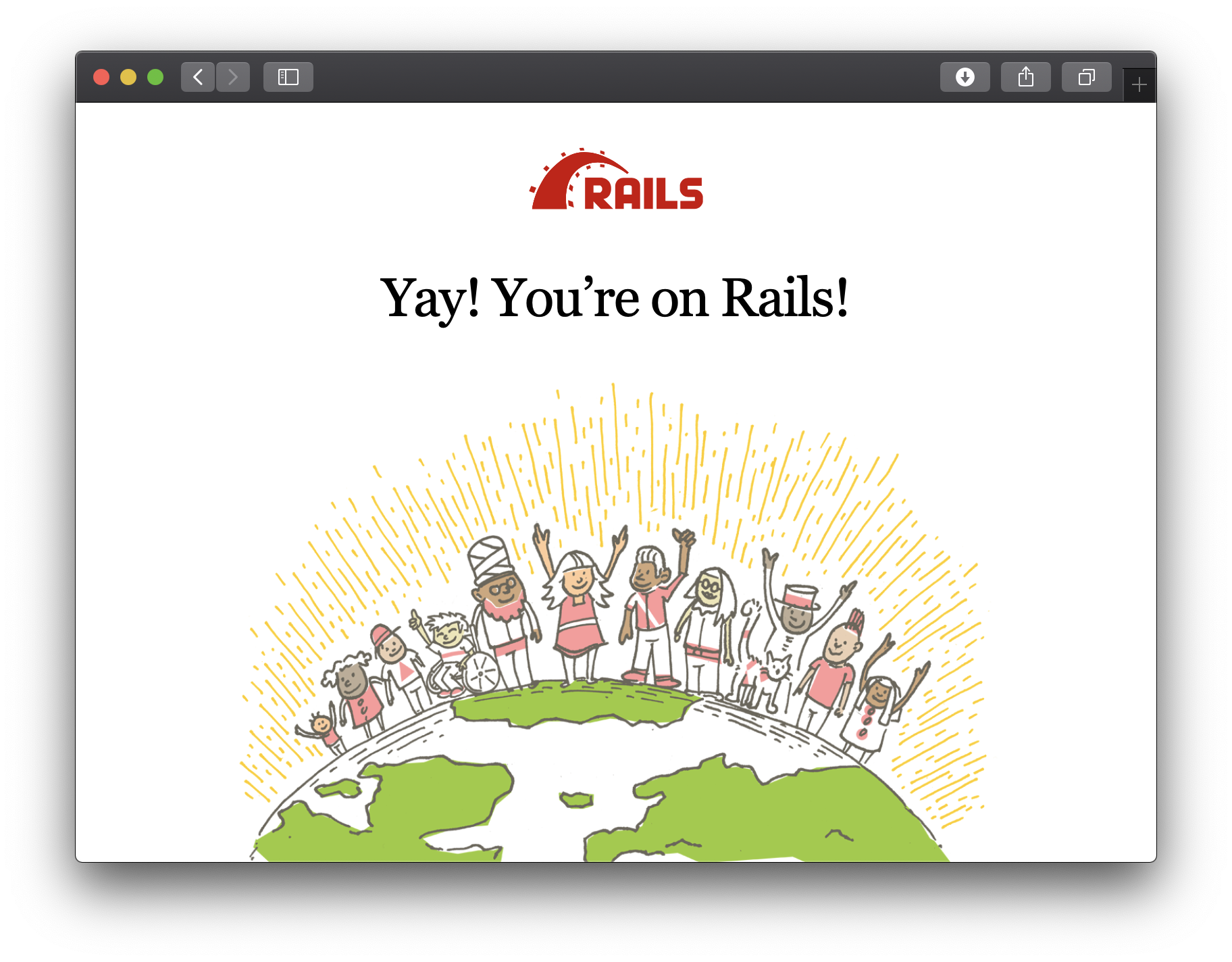Ruby on Rails
To run apps based on the Ruby on Rails framework using Unit:
-
Install Unit with a Ruby language module.
-
Install Ruby on Rails and create or deploy your app. Here, we use Ruby on Rails’s basic template:
console $ cd /path/to/ # Path where the application directory will be created; use a real path in your configurationconsole $ rails new app # Arbitrary app name; becomes the application directory nameThis creates the app’s directory tree at /path/to/app/; its public/ subdirectory contains the static files, while the entry point is /path/to/app/config.ru.
-
Change ownership:
Run the following command (as root) so Unit can access the application directory (If the application uses several directories, run the command for each one):
console # chown -R unit:unit /path/to/app/ # User and group that Unit's router runs as by defaultThe unit:unit user-group pair is available only with official packages , Docker images, and some third-party repos. Otherwise, account names may differ; run theps aux | grep unitdcommand to be sure.For further details, including permissions, see the security checklist.
-
Next, prepare the Ruby on Rails configuration (use real values for share and working_directory):
json { "listeners": { "*:80": { "pass": "routes" } }, "routes": [ { "action": { "share": "/path/to/app/public$uri", "share_comment": "Serves static files", "fallback": { "pass": "applications/rails" } } } ], "applications": { "rails": { "type": "ruby", "script": "config.ru", "script_comment": "All requests are handled by a single script, relative to working_directory", "working_directory": "/path/to/app/", "working_directory_comment": "Path to the application directory, needed here for 'require_relative' directives; use a real path in your configuration" } } } -
Upload the updated configuration.
Assuming the JSON above was added to
config.json. Run the following command as root:console # curl -X PUT --data-binary @config.json --unix-socket \ /path/to/control.unit.sock \ # Path to Unit's control socket in your installation http://localhost/config/ # Path to the config section in Unit's control APIAfter a successful update, your app should be available on the listener’s IP address and port:
